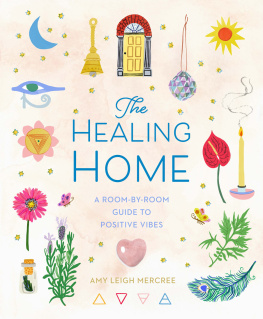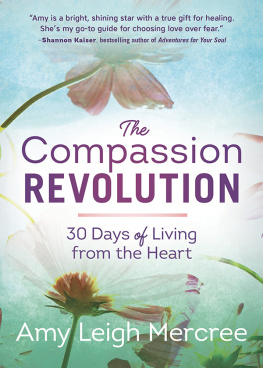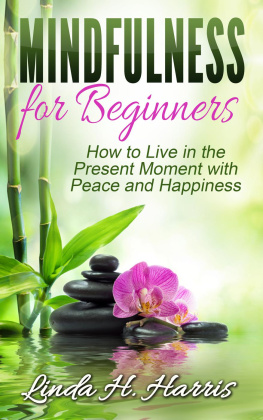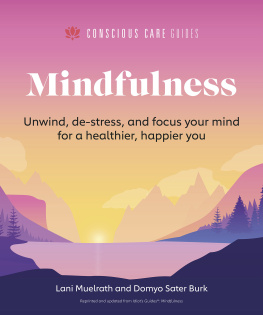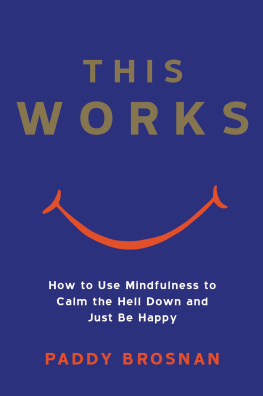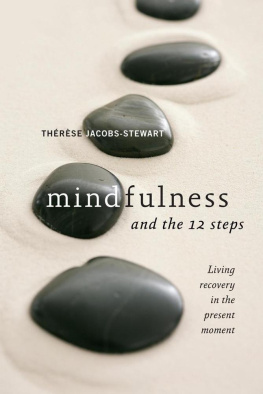The concept of mindfulness is all about being present, fully in the moment, and becoming aware of yourself and your surroundings. It also means practicing non-reactivity; that is, not becoming overwhelmed by your environment. Celebrities, scientists, athletes, and people from all walks of life tout the amazing physical and mental benefits of mindfulness; and scientific research backs up many of their experiences. Incredibly, studies have shown that daily mindfulness practices can reduce cortisol, the stress hormone in our bodies, by more than 50 percent.
The practice of mindfulness exists in many cultures, but the North American practice of mindfulness was popularized by Jon Kabat-Zinn in the 1960s. While traveling in Asia, he became a master practitioner of mindfulness and meditation. He brought his experiences back to the United States and created Mindfulness-Based Stress Reduction (MBSR) which remains popular to this day.
Mindfulness isnt just for the rich and famouspeople all over the world have taken it up in an effort to understand themselves and function better in modern life. Each and every one of us can learn something from the centuries-old meditative practice. If you are among the many who are searching for a way to increase your quality of life, look no farther.

A mindful life can be an open doorway to greater peace and tranquility. Practicing mindfulness doesnt have to be a complete overhaul of your lifestyle. Its easy to fit in a moment here or there to stop and take in your surroundings, which is an essential factor in the quest to become more mindful. Simple daily activities can be perfect starting points for incorporating elements of mindfulness into your life.
One way to prioritize mindful living is to pay attention to your breath. This practice is a basic one and can be performed anywhere at any time of day. For beginners, its important to be aware of your breath as a starting point for more complex mindfulness practices, including meditation. Even advanced practitioners of mindfulness can refocus and become in tune with their bodies and minds through breath practice. To begin, close your eyes if possible, and breath in gently through your nose. Make sure you can feel the breath all the way into your lungs. Straighten your core and lift your chin to guarantee a deep breath. When youre ready, exhale slowly through your mouth and relax your body. Repeat until your breaths are consistent and your focus is centered on the in-and-out motion. We will practice this technique step by step later in this book.
Another well-loved technique is to try to walk mindfully. Whether you are going on a walk specifically to relax and center yourself or youre headed to your next destination by foot, mindful walking can improve your day. Pay attention to the way your body moves as you walk and the frequency of your breaths. Concentrate on your feet connecting with the earth as you walk. Focus within, and then slowly reincorporate the sights and sounds of the world around you. Once you master the art of walking mindfully, even mundane travel will be a chance for you to refresh your brain.
Even everyday activities like eating can be an opportunities for mindfulness. In our fast-paced life, we may sometimes find ourselves racing through meals. Breakfasts are rushed, lunch is just a quick break at work, and even an evening meal with loved ones is often finished all too soon. Eating mindfully, on the other hand, has both spiritual and physical benefits. One important aspect of eating mindfully is ensuring that each bite is thoroughly chewed. Savoring the flavor, texture, and smell of your meal will allow you to enjoy it and slow down. Eating with others offers the opportunity to talk and connect while nourishing your body.
A mindful moment can be as simple as taking time to pause. Even brief, momentary check-ins with yourself will allow you to experience the benefits of mindfulness. Take a minute in between chores, destinations, and travel to observe the world around you and reflect on whats going on in your own mind. We can get so caught up in checking activities off a list that our days become filled with routine actions. Something as simple as setting your phone down before responding to a message or stopping for a moment before answering the door can make a huge difference in your awareness. Mini pauses help re-center us throughout the day.
A natural result of mindfulness is self-reflection. Take time throughout your day to notice your thoughts and feelings about the world around you. Sometimes we can stress about our emotions and confuse them with our deepest selveswe are not our thoughts, and its possible to separate ourselves from them and observe them without judgment. Dont let your mind go down a long path because of a single troubling thought. Its easy to become depressed or anxious when we feel isolated. Being mindful and practicing self-reflection is a simple but effective way to stop allowing ourselves to get carried away in our negative thoughts.
When we can fully ground ourselves through mindfulness, we can open the door to let others into our lives. To build real connections, we have to allow ourselves to let go of our judgment, preconceived notions, and need to respond. When these things are removed, we can completely open ourselves to others and fully listen to what they are saying. You may be amazed at how much your relationships change for the better when you start practicing mindfulness. To multiply the effect, recruit others to join you in your newfound practice. Mindful meditation can be a shared activity and may strengthen the bonds between family, friends, and partners.


